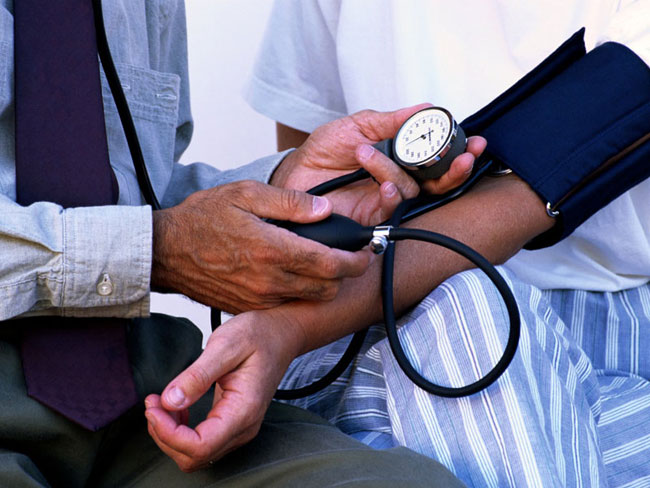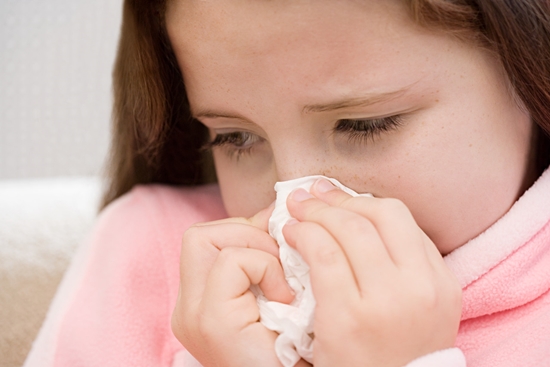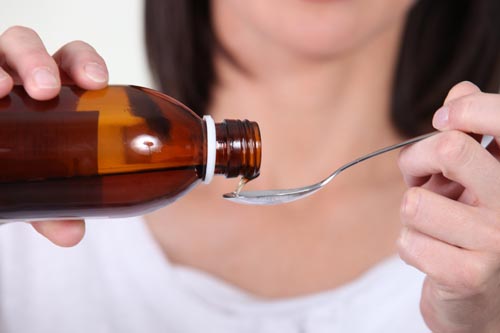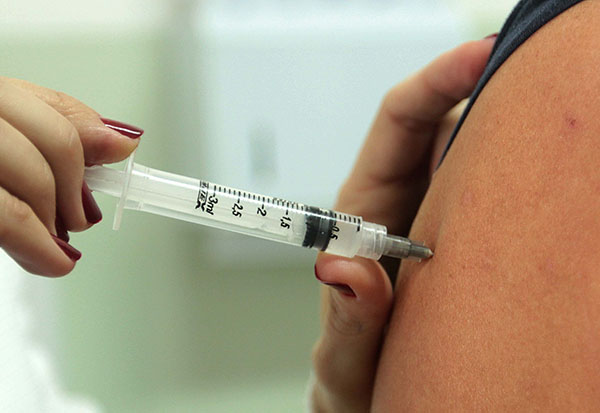Epidemic of swine flu: symptoms, treatment, prevention
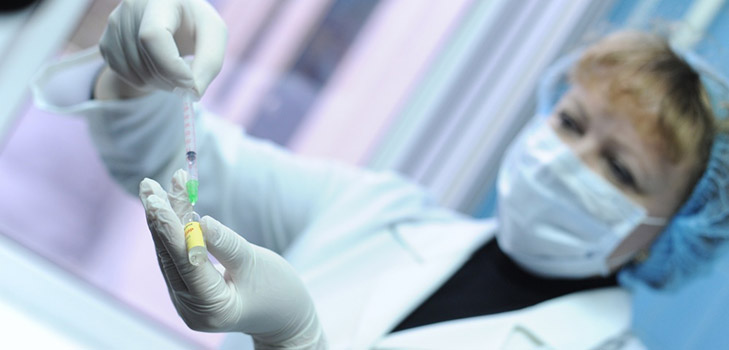
Swine flu is highly pathogenic infectiousdisease caused by virus A (H1N1). It is distinguished by an aggressive course with rapid progression of viral-bacterial pneumonia, accompanied by phenomena of multiple organ failure (all tissues / organs affected by inflammatory response mediators) and respiratory distress syndrome (pulmonary edema).
Symptoms of swine flu in humans
Clinical manifestations of A (H1N1) resemble"Seasonal flu," one feature - the virus often provokes dyspeptic disorders (vomiting, nausea, diarrhea) and transient pneumonia with a high risk of death.
Symptoms of swine flu in an adult:
sharp onset of the disease, high fever (up to 39.5-40 degrees);
aches in the joints / muscles, profuse sweating, chills;
dizziness, photophobia, nasal congestion;
pain behind the sternum, painful dry cough;
severe weakness, headache;
a pain in the eyes;
increasing dyspnea, shortness of breath.
Severe form of swine flu infectioncharacterized by severe intoxication, pulmonary-pleural complications, volumetric lesions of pulmonary tissue, hemorrhagic syndrome (pulmonary / nasal bleeding), hyperthermia.
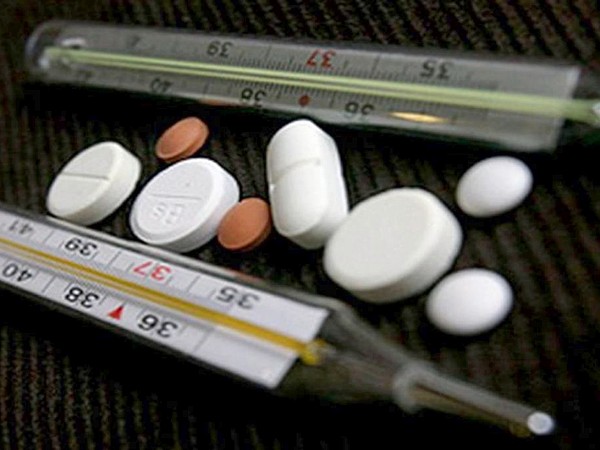
Symptoms swine flu The child has:
febrile fever (in 70% of affected children), subfebrile fever (in 30%);
signs of intoxication: a violation of appetite, lethargy, weakness;
failures from the gastrointestinal tract: loose stools, nausea, vomiting;
dry wheezes, hard breathing, shortness of breath;
feeling of heaviness in the zone of brow ridges, headache;
unproductive dry cough, sore throat.
Children more often than adults are diagnosedsymptoms of intoxication, the disease occurs with a pronounced temperature response, blood tests fix an increase in ESR, local physical deformations in the lungs are absent. There is a medium-heavy clinic with an insignificant frequency of extrapulmonary and pulmonary complications. Severe viral pneumonia in 70% of cases is recorded in infants.
Swine flu: treatment
According to the Ministry of Health of the Russian Federation, the situation in Russiagenerally well-off, there is no epidemic. There are high rates of growth in a number of infections, including ARVI and influenza, but virologists emphasize that strain A (H1N1) is excreted only in 0.05% of cases, so there is no reason for panic. High mortality from the swine flu virus is recorded in patients at risk: in pregnant women, young children, the elderly and people with chronic diseases (diabetes, heart failure, bronchial asthma). Doctors call on the Russians when there is an alarming symptomatology do not engage in self-medication, and immediately seek medical help. In case of adequate therapy, the prognosis is usually favorable.
Drug from the pork strain A (H1N1)
Than to treat a pork flu? A key component of treatment A (H1N1) is antiviral therapy with Zanamivir (Relenza) and Oseltamivir (Tamiflu), whose actions are to inhibit the production of one of the proteins A (H1N1) - this does not allow the budding of cells from the resulting viral particles, resulting in the virus can not spread through the body. The administration of antiviral drugs (Grippferon, Viferon, Kagocel, Arbidol, Tamiflu) is most effective during the first 48 hours after infection. In case of severe disease, a combination of antiviral drugs (Tamiflu + Arbidol, Arbidol + Viferon, Tamiflu + Cycloferon + Panavir, Viferon + Arbidol + Tamiflu) is prescribed in an increased dosage, Ingavirin is added to the basic therapy.
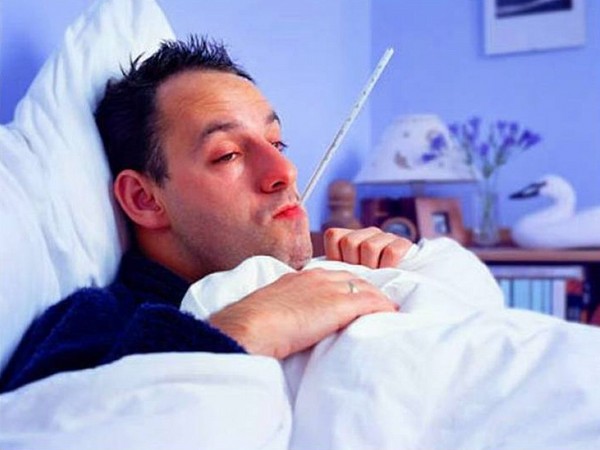
Admission Tamiflu and Relenza recommended:
people with weakened immunity, having chronic illnesses in the anamnesis;
patients with a confirmed laboratory virus A (H1N1);
pregnant women, children under the age of 5;
when there is a characteristic symptomatology: dry cough, respiratory failure, high fever (39.5-40 degrees), chills, dyspnea, chest pain.
Symptomatic treatment: antipyretics, vasoconstrictive drops in the nose, cough syrups (Tussin, Ambroxol), antihistamines.
Prevention of swine flu: drugs
Swine flu is dangerous for its lightning current -already on the second day after infection of A (H1N1), severe bilateral pneumonia with respiratory complications can begin. For a specific prevention of swine flu, a vaccine has been created in which the strain A (H1N1) is laid, for the non-specific prophylaxis it is necessary to take antiviral drugs of the inhibitor group of non-rhinamidase - Viferon, Tamiflu, Arbidol.
